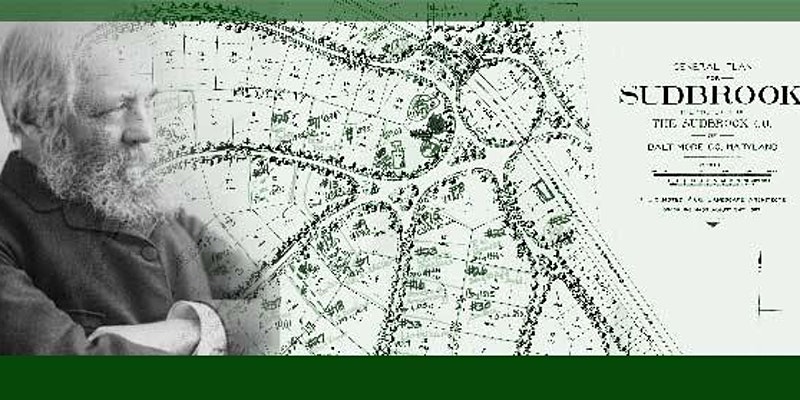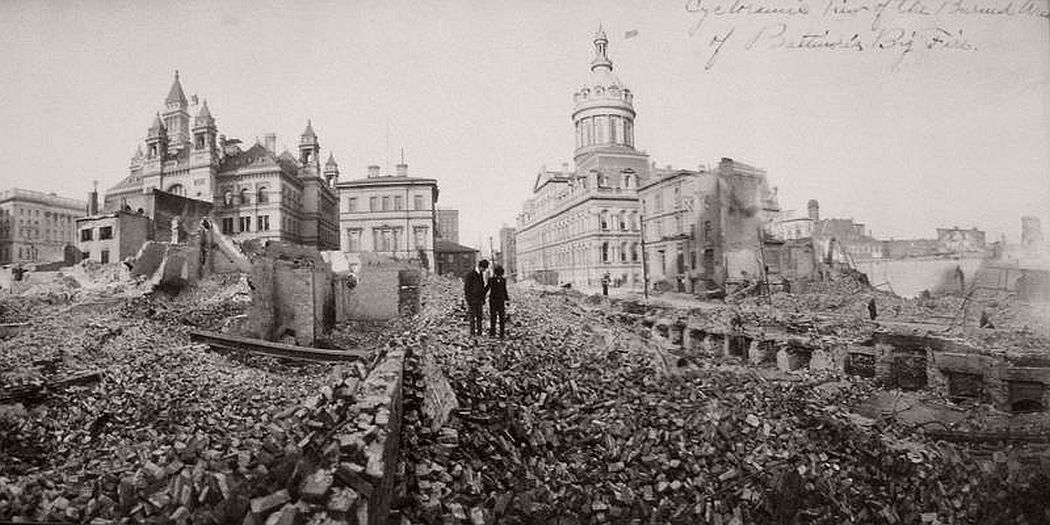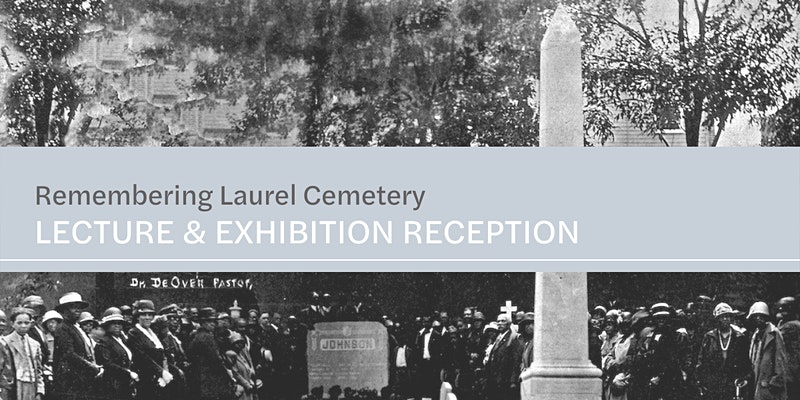The Evolution of Olmsted’s Sudbrook Park (Virtual Talk)
Virtual MD, United StatesOn Friday April 29, 2022, author Melanie Anson will give a Virtual History on the evolution of Sudbrook Park, a planned community in northwest Baltimore designed in 1889 by Frederick Law Olmsted, Sr.. Olmsted, often seen as America's first landscape architect, conceived this "suburban village" with curved roads and open green spaces, traits that set the community apart from its contemporaries. Portions of Sudbrook Park are registered on the National Register of Historic Places and listed as a Baltimore County Historic District.




